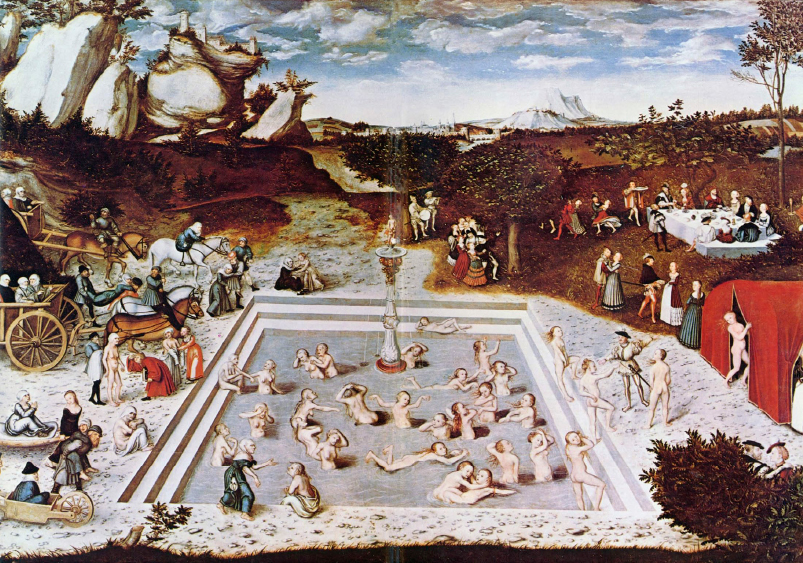
We have long sought to arrest, eliminate, or even reverse aging evidenced by the deterioration of our organs, sensory systems, and minds. Antiaging strategies have varied from subsisting on a low-calorie diet of fresh fruits and vegetables, to moving to Shangri-La, to imbibing from the Fountain of Youth. More immediate and tangible are the pills, vitamins, hormones, and creams being promoted, with extravagant and largely unsubstantiated claims of benefit.
What doesn’t work? Three of the most widely promoted antiaging products are the hormones testosterone, DHEA, and human growth hormone (GH). Whereas administering testosterone improves the physical and psychological state of men with low testosterone levels, its benefit in older and healthy men has not been established, and it may potentially cause harm. Similarly, no benefits occur after elderly people have taken DHEA (dehydroepiandrosterone), which is converted to testosterone in the body. Although GH is medically used to stimulate growth, its safety and effectiveness as an antiaging product have yet to be established in appropriately controlled studies.
Some of us are content with merely concealing the outward appearance of aging by using anti-wrinkle products, such as Botox. Alternatively, a wide assortment of creams and lotions contain alpha-hydroxy acids (AHAs) that cause the top dead layer of skin to peel and be replaced by new layers of smooth skin. Their most distinguishing characteristic is their extremely high price.
What may work? Resveratrol, obtained from the skin of grapes, was found in some studies, but not others, to extend the lifespan of yeast, worms, flies, and mice. By exploring how it may act at a molecular level, a compound with a similar action—perhaps activating a specific life-extending protein—may be of benefit in humans.
However, perhaps more important than living many more years is our ability to remain in good health until our days end. For the moment, only a healthy diet, abstinence from smoking, and exercise appear to ward off the ravages of advancing age.
SEE ALSO Testosterone (1935), Growth Hormone (1985), Botox (1989), Dietary Supplements (1994), Resveratrol (2003).

Der Jungbrunnen (also referred to as Fons Juventutis, or “Fountain of Youth,” 1546), an oil painting by Lucas Cranach the Elder, currently hangs at the Gemäldegalerie in Berlin. Note the elderly women entering the fountain on the left and emerging as youthful beauties on the right.